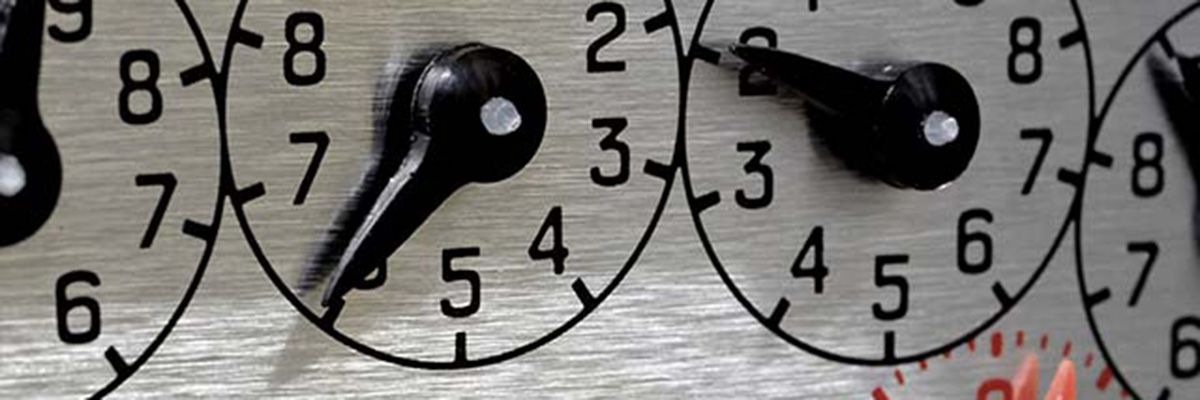
How do you implement energy conservation measures?
It’s no secret that HVAC systems account for a considerable percentage of both commercial and domestic energy usage – more than 40% in many cases, according to our customers. That being the case, it should come as no surprise that they’re prime targets for tuning when it comes to energy conservation measures. What can be done?
7 steps to energy conservation, performance efficiency, and savings!
To answer the question (what can be done?) the good news is, a lot. But it takes some effort. Conservation is, by definition, a matter of intervention.
That means once you’ve invested in and installed an HVAC system you’ve only taken the first step. You don’t press the “on” switch and then walk away, leaving the unit to its own devices. In fact, as we’ll see, quite the opposite. The more you invest (we’re talking about time and effort here – and in the addition of specialized solutions, such as DrivePak) in ensuring your HVAC performs optimally, the more energy you’ll conserve and, perhaps even better, the more money you’ll save. If the former isn’t motivation enough to act, the latter should be!
With that in mind, here are some win-win steps you can take to implement energy conservation measures that will benefit your organization.
Calendarize your system parameters
HVAC systems operate within set, generally pre-configured performance parameters, and these should not be static. Just as the temperature outside changes from season-to-season, so HVAC parameters should be adjusted to reflect the seasons (or even shorter periods within each season). What’s desirable in terms of environment inside is impacted by what’s going on outside. HVAC requirements aren’t the same on Christmas Day and June 21st so set system parameters to reflect that! Sadly, many HVAC systems just run on default, factory settings.
No such thing as a building; think contained environments
A building is a collection of rooms, right? But all rooms are not created equal! If your facility has a loading area, it may well not need to be heated at all. Your warehouse, on the other hand, may need to be heated at some times and cooled at others. Master the question of airflow and take time to understand how it works. Issues as simple as door usage (open or shut?) make a difference. In fact, commit to an energy audit. Heat and cool what you need, when you need to.
Get out of your own way
Programmable controls save when compared to constant human intervention. Use technology to ensure uniformity and smooth operations; the speed, output, and run-time of HVAC equipment can all be controlled mechanically with solutions such as DrivePak and Freedom: saving cost without compromising comfort.
Don’t work harder than you have to!
Variable speed components save money (and increase conservation benefits). There are versions for fans, blowers, motors, and other HVAC components. Where possible, install and use them – or talk to experts like us, so we can show you the optimum solution. Variable speed essentially means something is not running at its maximum speed when it doesn’t need to in order to meet whatever performance requirements have been set.
Do the math
Don’t install an HVAC without crunching the numbers first. Figure out your temperature demands, then identify the required compressor and chiller size to meet them. Buying a small system for a big area or a big system for a small area makes no sense, yet it happens. Incorrectly sized systems are more common than you might think. And while you’re at it, analyze insulation, leakage, floor and ceiling areas and other building characteristics that impact your HVAC requirements.
Treat your investment…like an investment
Sounds obvious but look after your HVAC and it’ll do a better job of looking after your business. You’ve likely paid enough for it, so why not? Clean and change air filters, monitor thermostat set points and check thermostat health, stay on top of coolant system performance by checking for leaks, drain and drip lines where moisture collects; basic maintenance can deliver sizeable performance benefits.
Small is beautiful
If your HVAC needs are expanding and you’re thinking of adding equipment to your system, be vigilant in how and to what extent you do so. Generally, the rule of thumb is that the smallest unit possible that can manage load requirements is best. The larger the equipment, the lower the energy conservation (and the higher the utility bills) are likely to be.
Time to act? Let’s talk about what to do next
If you’re interested in learning more about optimizing your HVAC to conserve energy, let’s talk, drop us a line at
At NexRev, we’ve been unlocking the power in facility and energy management data with over a million connected devices across North America. Our DrivePak solution optimizes HVAC performance, and we tune operations to exactly match your unique requirements. Better still, our team of experts is focused on helping you deliver more with your budgets, infrastructure, and assets to create sustainable savings in operations and energy, reducing your risk and increasing operational confidence.